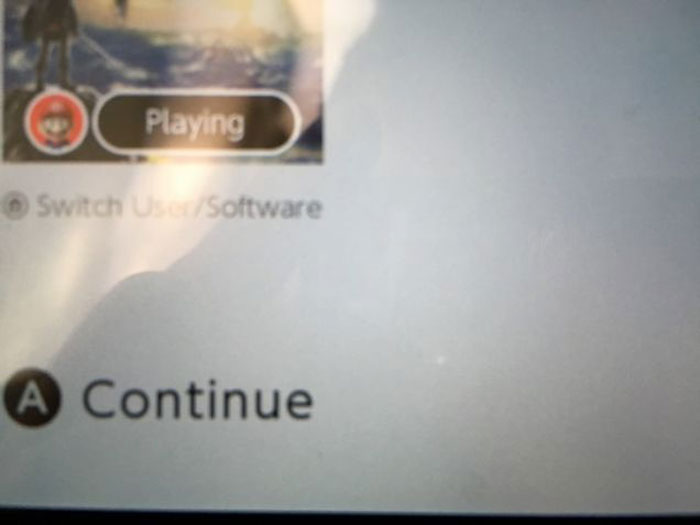Nintendo's newly released Switch may be the company's fastest-selling video game console ever, but that doesn't mean the launch has been free from controversy.
Several owners of the new console have taken to Reddit and other online forums to complain about their Switch screens being marred by 'dead pixels' – where individual pixels on the console's LCD display get stuck permanently on dark or bright colours.
While each dead pixel is extremely tiny, they're impossible to ignore once you've noticed them – particularly if you have multiple defects on one screen – as the stark, frozen dots visually clash with the changing colours of all the working pixels around them.
In the case of the Switch's display, it might be even harder for owners to ignore these mini-flaws, since the Switch is a portable, tablet-sized unit – players hold the console in their hands, meaning the screen and any dead pixels on it are viewed up close.
For its part, Nintendo has downplayed the problem, acknowledging that some users are running into the issue, but maintaining that there's nothing wrong with the products themselves.
"Small numbers of stuck or dead pixels are a characteristic of LCD screens," the company explains on a Switch support page. "These are normal and should not be considered a defect."
So what's going on here, and should you be thinking about organising a refund or replacement if your Switch display has dead pixels?
The truth is, as frustrating as these defects are, most manufacturers of flat panel displays design their screens to comply with a standard called ISO 13406–2, which specifies how many defective pixels are acceptable on a screen (per million pixels).
There are a few different kinds of defective pixels under the standard, including hot pixels (always on, white); dead pixels (always off, black); and stuck pixels (red, blue, or green sub-pixels, stuck always on or always off).
Class I products are industrial-grade displays, used in things like hospitals and the military, and they're not allowed to have any dead pixels at all.
But consumer-grade products like the Switch – and probably any other flat panel gadgets you own – fall in Class II, and are allowed to feature a number of these manufacturing defects, while still complying with the standard.
Specifically, Class II products can have up to two hot pixels, two dead pixels, and five stuck pixels and still be considered okay. To clarify, that's per every million pixels on the display, according to the standard.
 User-submitted dead pixel photo/Imgur
User-submitted dead pixel photo/Imgur
While ISO 13406–2 only serves as a guideline for manufacturers, many companies outline defective pixel policies on their websites that specifically or broadly make an attempt to comply with the standard, including HP, Dell, ASUS, Acer, and Samsung.
As for Nintendo, its general disclaimer that "[s]mall numbers of stuck or dead pixels are a characteristic of LCD screens" is a bit ambiguous.
The Switch display has a 1,280 x 720 resolution, meaning it offers 921,600 pixels in total – just shy of a million, in other words.
Because of this – and because the Switch is arguably a Class II product, regardless of whether Nintendo specifies that or not – you may have a good case to return your product if it features several of the defects on the screen.
As for if it only has one or two, then it's debatable whether you've got an actual faulty product on your hands – even with these screen flaws clearly being evident.
That said, Nintendo could also change its policy on defective pixels to more clearly address owners' concerns on dead pixels, like it did when the Nintendo DS was released in 2004. One of the benefits with the Switch is that it's a hybrid console, which also allows players to connect it to their TV at home. When playing on the TV, the dead pixels on the Switch display won't be a problem – but that's little consolation for people who want to use the device in its portable, tablet configuration.
In any case, until Nintendo updates its position (if that ever happens), if you've got problems with your Switch screen, you should first talk to the retailer where you purchased the console and let them know you're not happy and why.
Different regions have different laws regarding consumer protection in cases like this, but you've certainly got nothing to lose by trying to get a clearly flawed product replaced – especially since the device is under warranty, and only went on sale last week.
For more advice on the issue and to see what other Switch owners have experienced in their own attempts to get the problem rectified, check out this Reddit thread – and good luck!
